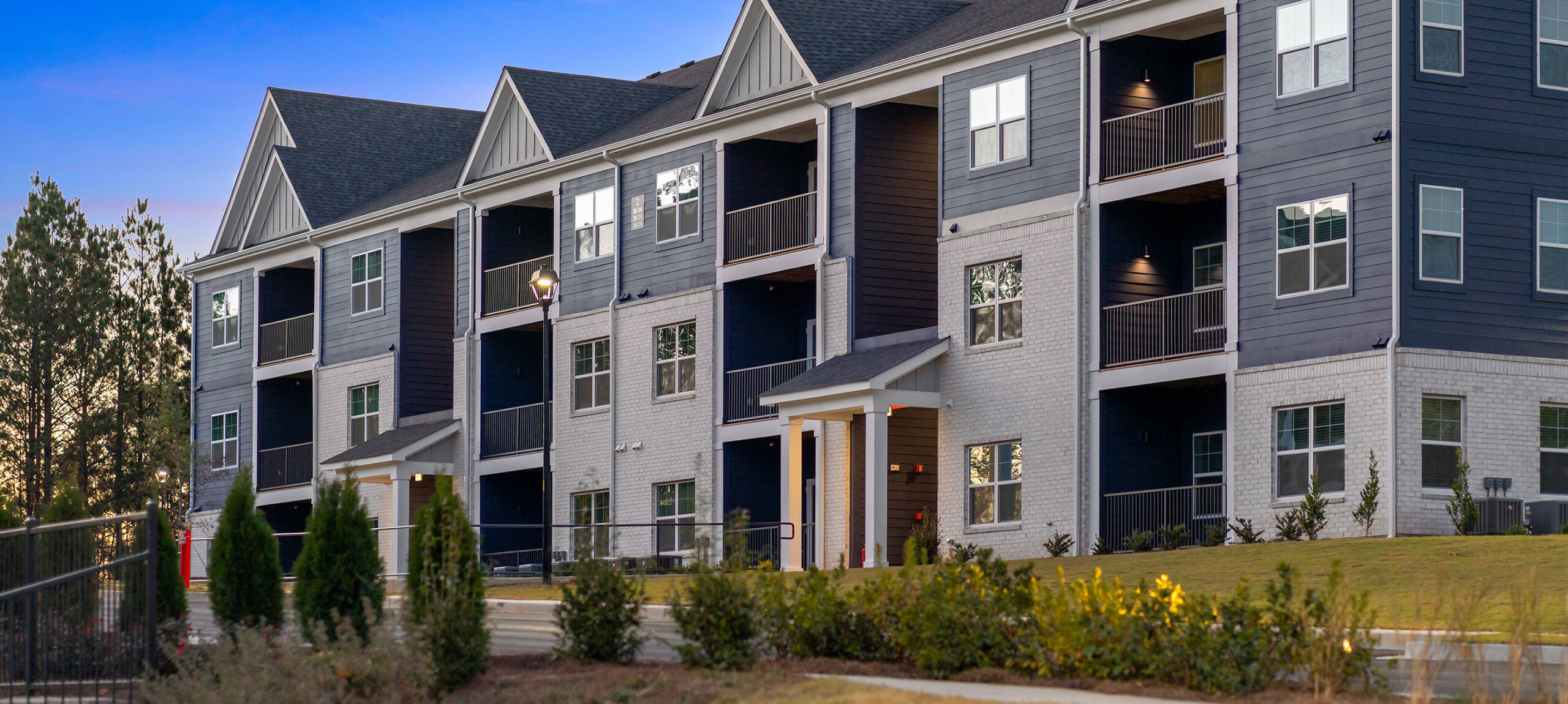
Each new generation seems so different from the last. Baby Boomers differ from Millennials, and Millennials will differ from Generation Alpha. These differences manifest in a variety of priorities and preferences, especially in regard to housing.
THE STATS
Even though 10,000 Baby Boomers turn 65 every day, they aren’t settling in to stay where they are for forever like their parents did. In 2016, 31% of homes sold were to Boomers, and studies show they will likely buy again in the future. When it comes to Boomers, 70 is the new 50, and the trends show they’re retiring later in life. When buying homes, they’re seeking to right-size to better fit their current lifestyle.
Millennials have been more likely to rent properties within the last five years. This trend is expected to reverse, and more Millennials will be buying homes in the coming years. Rymer Strategies Company identified three priorities Millennials have for their new homes:
1. Suburban locations
2. Small, yet high-quality homes
3. Homes to create experiences rather than to store “stuff”
Before knowing how to design homes that please both generations, we had to focus on their differences. Each room in a house might take a different priority – and have a different function – depending on whether the buyer is a Boomer or a Millennial.
WHAT ARE THE DIFFERENCES?
LIVING ROOM
Boomers are moving away from the separate living room trend. For many years, this was a very common feature in single family homes that often went unused. Boomers would reallocate this unused space to areas it will actually be used. On the other hand, 38% of Millennials prefer the separate living space to keep clean for guests. However, this room may serve different functions than your typical living room, such as including a pool table or ping pong table.
GARAGE
Boomers typically prefer a three-car garage with extra room for other items, such as a golf cart. Millennials prefer additional square footage in their living areas, partly because of their frequent use of ride-sharing services. In recent years, Millennials have been more “in-tune” to the economic impact of cars, so three-car garages aren’t always necessary.
STORAGE
Boomers tend to have more tangible items than Millennials, who lean toward the minimalist lifestyle. In 2016, The Harris Group found that 77% of Millennials would rather spend money on experiences instead of “stuff.” Their purchases reflect this lifestyle, as they buy bikes, paddle boards, kayaks, etc. Boomers are typically storing different items, such as collectibles to display or items with personal meaning.
EFFICIENCY
Rymer Strategies Company showed that 76% of Boomers are willing to spend more than $5,000 for an energy-efficient package that saves $100/month, while Millennials expect it to be included in the home at no extra cost. Most Millennials grew up in the age of energy efficiency, so they don’t expect to pay extra for it. The Boomer generation has witnessed the rise of sustainability, so they understand the upfront costs and believe in that investment.
VIEWS
Since Millennials prefer to explore the world outside their home, a great view isn’t a high priority. On the other hand, 79% of Boomers are willing to spend more than $5,000 for a premium view.
AESTHETICS
Boomers like space for show where they can display their collectibles and unique home features. Millennials tend to be more minimalist, preferring for a clean, fresh look. Interior design choices will reflect their different aesthetics.
DESIGNING FOR THE DIFFERENCES
There appears to be no “one-size-fits-all” for housing that can appeal to all generations across the board because they simply have different wants…or so it seems.
The industry is replete with extensive research about what each generation expects in a home. By pairing this information with the latest housing design trends, we can create a home that appeals to both Boomers and Millennial’s. Read about this perfect formula in our next post!



